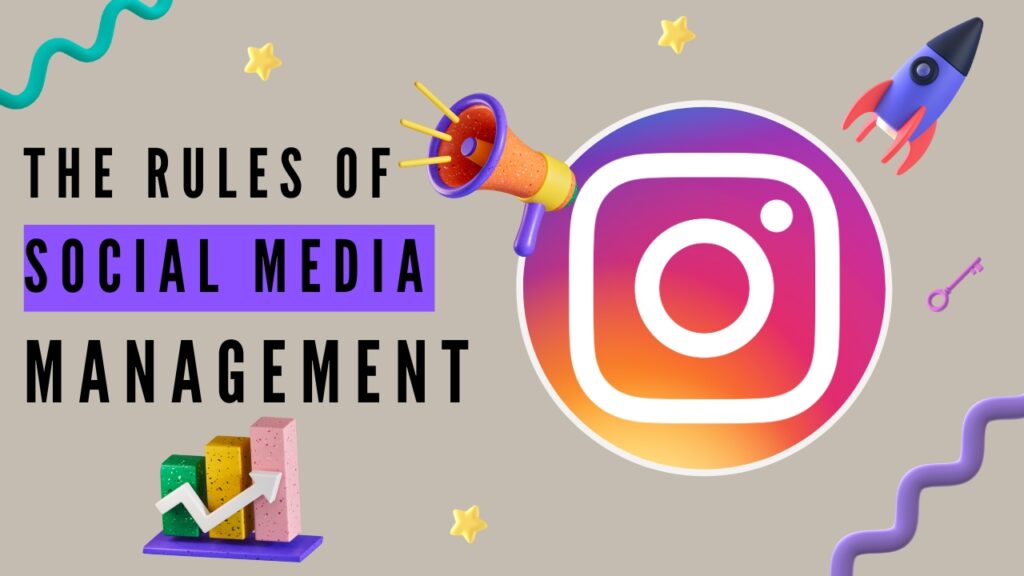How to Handle Negative Comments on Social Media: A Practical Guide
Social media has become a vital channel for brands and businesses to connect with their audience. However, with this direct connection comes the challenge of managing negative comments. Knowing how to handle negative comments on social media effectively is crucial for maintaining your brand reputation and fostering positive engagement. This article offers a practical guide on managing negative feedback, responding appropriately, and turning criticism into opportunities for growth.

Understanding Negative Comments on Social Media
Before learning how to handle negative comments on social media, it is important to understand what these comments are and why they occur. Negative comments can range from genuine customer complaints to misleading criticisms or even trolling. They might be about product quality, customer service, or any aspect of your brand experience.
Often, negative comments stem from unmet expectations or misunderstandings. Sometimes they are expressions of frustration or dissatisfaction. Recognizing the intent behind these comments helps in deciding the right approach to respond. Ignoring or mishandling these comments can harm your online reputation. The impact of negative comments on social media can be significant. Other users may see how a brand responds to criticism and form opinions based on that interaction. Therefore, knowing how to handle negative comments on social media is essential to protect and enhance your brand image.
How to Handle Negative Comments on Social Media Effectively
Here are practical strategies on how to handle negative comments on social media in a way that supports your brand and encourages constructive dialogue.

Stay Calm and Assess the Comment
The first step in learning how to handle negative comments on social media is to stay calm. Negative comments can feel personal or upsetting, but responding impulsively may escalate the situation. Instead, take time to assess the comment’s intent. Is it a genuine complaint, constructive criticism, or just a troll looking to provoke? Once you understand the nature of the comment, you can decide whether to respond publicly, privately, or not at all. This careful assessment helps in managing your response professionally.
Respond Promptly and Politely
Timeliness is important in handling negative comments on social media. Responding promptly shows that you care about your audience’s concerns. However, speed should not come at the cost of politeness or thoughtfulness. When you respond politely, you maintain a respectful tone and show willingness to listen. Even if the comment seems unfair, a courteous response can defuse tension and demonstrate your brand’s commitment to customer care.

Acknowledge and Apologize When Necessary
One of the key principles in how to handle negative comments on social media is to acknowledge the issue. If a mistake or misunderstanding has occurred, apologize sincerely. An apology does not mean admitting complete fault but shows that you take feedback seriously and want to improve. Acknowledging concerns can calm upset customers and may turn a negative interaction into a positive one. It also signals transparency, which builds trust with your audience.
Take the Conversation Offline
Sometimes, a negative comment requires a detailed response or involves sensitive information. In such cases, it is advisable to take the conversation offline. Invite the commenter to contact you via direct message, email, or phone. Moving discussions to a private channel prevents prolonged public debates and allows for more personalized problem-solving. This step is a critical part of how to handle negative comments on social media responsibly.
Use Negative Comments to Improve
Negative feedback, when managed well, can be a valuable source of insights. Monitor recurring complaints or suggestions and use them to improve your products or services. Showing your audience that their feedback leads to real changes can enhance brand loyalty. Regularly reviewing how you handle negative comments on social media will help refine your approach and improve customer satisfaction over time.

Dealing with Trolls and Spam Comments
Not all negative comments deserve a response. Some are posted by trolls who aim to provoke or spread negativity without constructive intent. Others might be spam or irrelevant. Identifying trolls and spam is essential in how to handle negative comments on social media effectively. In most cases, ignoring or blocking trolls is the best course of action. Responding to trolls can encourage further negativity and damage your brand’s reputation. Social media platforms offer tools to filter spam and block disruptive users. Using these tools helps maintain a positive environment for your genuine audience.
Creating a Social Media Policy for Negative Comments
A social media policy is a set of guidelines for your team on how to interact with your audience, including how to handle negative comments. Having clear policies ensures consistency and professionalism in all responses. Your social media policy should include instructions on tone of voice, response times, escalation procedures, and when to involve higher management. Training your team on this policy prepares them to handle negative comments on social media confidently and appropriately. A well-communicated social media policy also clarifies your brand’s values and commitment to respectful communication.
Tools and Resources to Manage Negative Comments
Several tools can assist you in how to handle negative comments on social media efficiently:
-
Social media monitoring tools track mentions of your brand and alert you to negative comments. This allows for timely responses.
-
Automated response systems can handle common inquiries and initial engagement but should be complemented with human oversight.
-
Sentiment analysis tools help identify the tone of comments so you can prioritize responses.
Leveraging technology can enhance your ability to respond thoughtfully and maintain a positive online presence.
Frequently Asked Questions (FAQs)
1. How quickly should I respond to negative comments on social media?
Ideally, respond within 24 hours. A prompt reply shows you value customer feedback and are proactive in resolving issues.
2. Should I delete negative comments or respond to them?
Avoid deleting comments unless they violate platform rules (spam, hate speech). Responding respectfully to criticism is usually better for transparency and trust.
3. How can I prevent negative comments from affecting my brand?
Consistent monitoring, polite and prompt responses, and learning from feedback help reduce the impact of negative comments.
4. What if a negative comment is false or defamatory?
Politely correct misinformation without getting defensive. If comments are abusive or defamatory, report or block as per platform policies.
5. Can ignoring negative comments be a good strategy?
Ignoring minor or clearly troll comments can be acceptable. However, genuine complaints should always be acknowledged to show you care.
Conclusion
Understanding how to handle negative comments on social media is vital for maintaining a positive brand image and building trust with your audience. By staying calm, responding promptly and politely, acknowledging concerns, and using feedback constructively, you can manage negative comments effectively. Creating clear social media policies and using monitoring tools further supports your efforts. Remember that every comment is an opportunity to engage, learn, and grow your brand presence. With thoughtful management, negative comments on social media can become part of a meaningful conversation that strengthens your relationship with customers.

